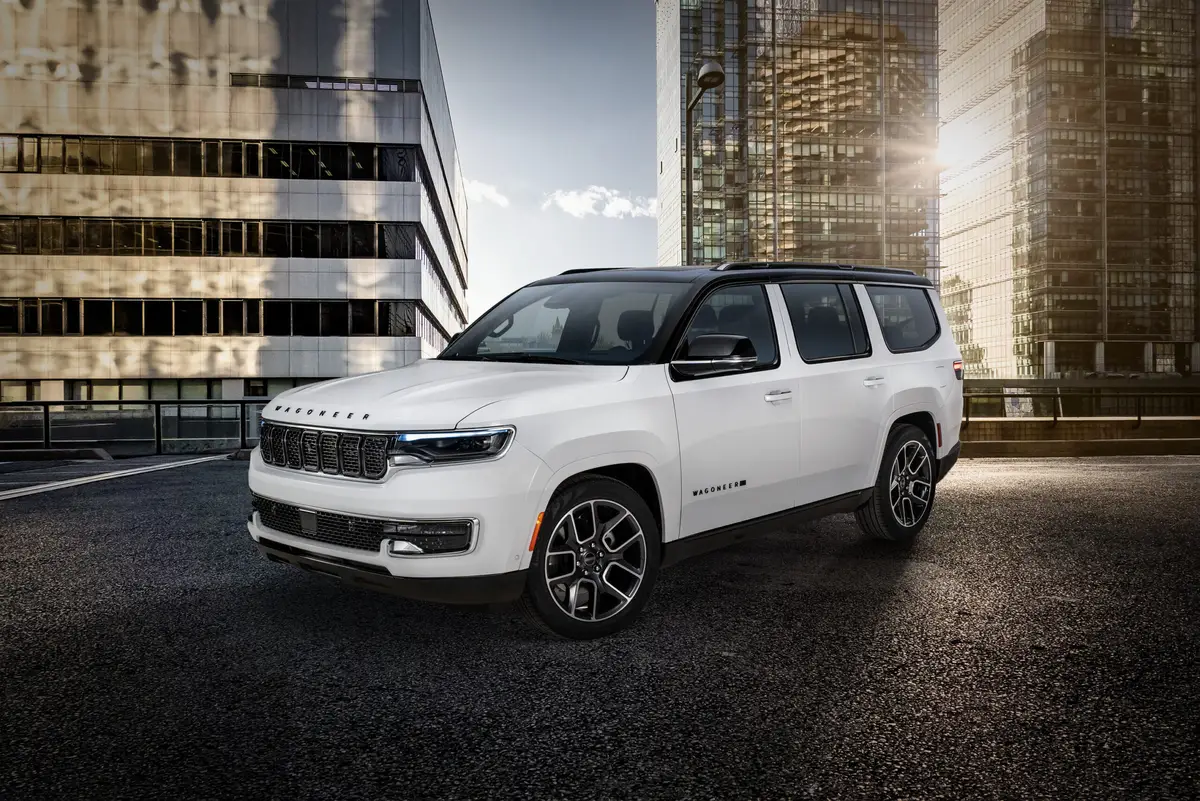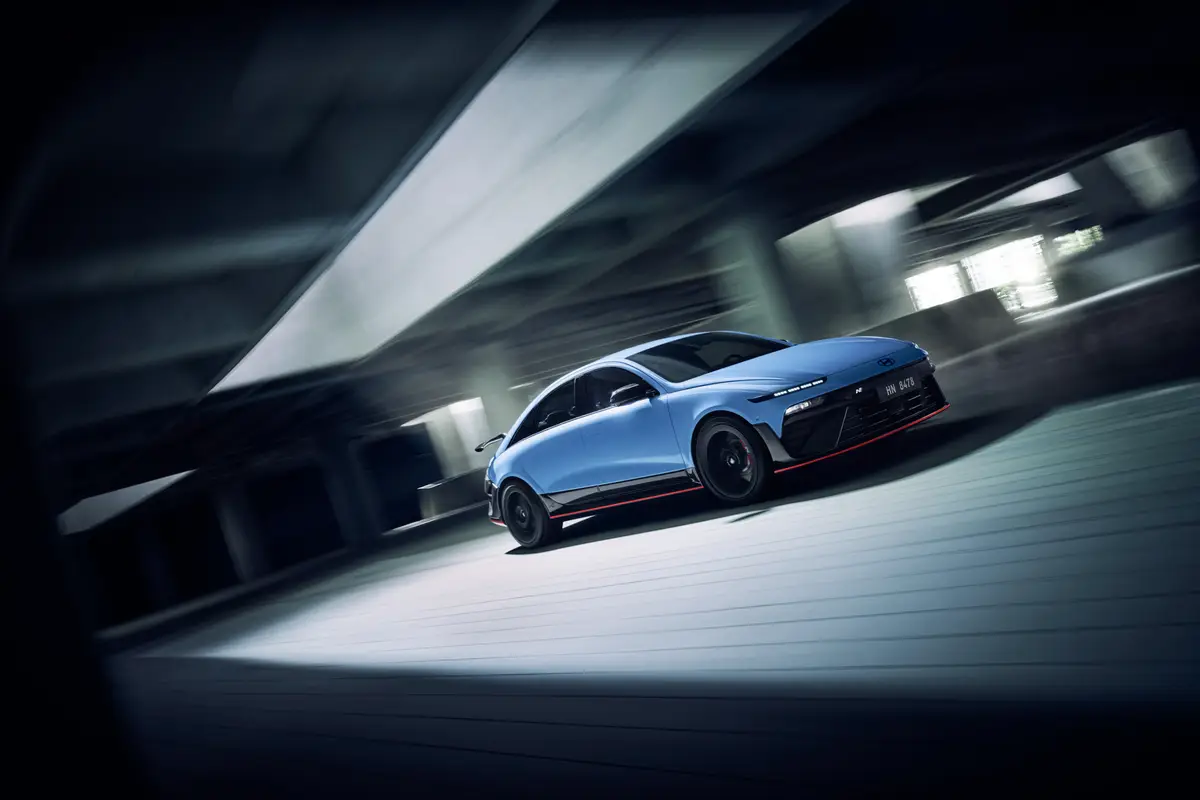chicagotribune.com's view
The magic number is 16.
It’s the reason the 2007 Toyota Camry now in showrooms comes in gas/electric form.
That’s how many more miles per gallon the hybrid delivers than the gasoline-only Camry.
Some cars don’t even get 16 m.p.g. in the city much less 16 m.p.g. more, and that’s why Camry deserves attention among those kept up at night by thoughts of $3 a gallon becoming $4 and the U.S. government having to float a loan with Exxon Mobil to pay its bills.
Camry, the best-selling sedan at Toyota and in the U.S., got a makeover for the 2007 model year. With the overhaul came the opportunity to add hybrid power for the first time.
While the domestic automakers are committed to E85, the ethanol/gas blend, to conserve fuel, Toyota and Honda have gone the hybrid route. Toyota did make a different choice, though: to team a nickel-metal-hydride battery pack with a V-6 or a 4-cylinder engine.
Rival Honda went with a 3-liter V-6 with its battery pack to deliver 256 horsepower and lively acceleration from the stoplight, into the passing lane or up steep hills when it brought out its hybrid Accord for 2005. As a bonus, 3 cylinders shut off when not needed to conserve fuel.
But the Accord is rated at 29 m.p.g. city/37 m.p.g. highway–good, but not great, numbers.
Camry gets a 2.4-liter 4-cylinder and a 244-volt battery pack that deliver a combined 187 h.p.
That means not as quick movement from the light as the 256 h.p. Accord hybrid, but it gets 40 m.p.g. city/38 m.p.g. highway!
Look at those numbers again.
That’s 40 m.p.g. in a midsize sedan that will hold five adults and groceries or luggage, though maybe not a week’s worth of food or a month’s worth of luggage because the battery pack under and behind the back seat creeps more than part way into the trunk.
By comparison, however, a subcompact Chevy Aveo or Hyundai Accent that requires a shoehorn to fit four folks gets only 24/34 and 28/36, respectively.
To maximize the mileage, the Camry hybrid has a continuously variable transmission or CVT with an infinite number of gear ratios. That gives it optimum fuel economy with seamless shifts that do away with those noticeable steps up or down through the gears.
And there’s an “ECO” button under the dash. Push it to keep the air conditioning from running at full cold and the heater from working at full hot to conserve a little more fuel for those who want to save ounces and not just gallons.
Toyota spokesman Bill Kwong said the 4-cylinder was chosen because recent consumer trends show “more concern with being green, more consciousness in fuel economy than performance.”
The Camry hybrid, basically, is meant to be a larger alternative to the Prius for folks who put mileage first but need the room for more than one munchkin and a diaper bag.
We tested the 2007 Camry and found a couple quirks very likeable.
We recently tested the Lexus GS450h sedan from Toyota’s luxury division (Transportation, July 2). It started in battery mode, but we found that the longer you sit idling in battery power or the longer you drive cautiously at speeds less than 25 m.p.g. to keep from engaging the gas engine to conserve fuel, the quicker the blue bars in the battery charge schematic disappear. Get too low and the gas engine kicks in to help recharge the pack.
With Camry, the car also started in battery mode and you can idle or drive at low speeds in that mode to keep the gas engine from kicking in. But if idling for a length of time, the gas engine kicks in to keep the blue bars from disappearing.
Or if driving for an extended period at 30 to 35 m.p.h. in battery mode, the gas engine pops on to put a charge back into the battery system.
A most encouraging helping hand with battery pack and gas engine working together and still delivering fuel economy that most folks would associate with subcompact, not midsize, cars.
The hybrid went on sale in May and by year-end Toyota hopes to sell 40,000 units. In June, it’s first full month on the market, it sold 4,268 units, putting it on target for more than 50,000 units in a full year. Toyota won’t say what the sales target is for 2007.
While delivering superb mileage for its size, there is, of course, a drawback, and that’s that it starts at about $5,000 more than any non-hybrid Camry powered by a 4-cylinder gas engine.
That $5,000 is roughly equal to about 1,600 gallons of gas in a non-hybrid.
So higher mileage comes at a cost, though at 40/38, the offset is not having to stop and fill as often. Spend some money but save some time.
In addition to adding hybrid power, Camry has been redesigned. Much more fashionable and richer appearance. At first look, the perception is that this is a luxury Lexus, not a more economy oriented Camry.
Camry also enjoys larger dimensions, a little more than a 2-inch stretch in wheelbase, to 109.3 inches from 107.1 inches for 2006, and 1 inch added width, to 71.1 inches.
The longer wheelbase gives the machine greater stability on the road, the added width a little more wiggle room in the cabin. Front or rear, however, there’s ample space to stretch.
Ride is smooth with minimum road harshness, and handling improves from previous models thanks in part to the longer wheelbase and the switch to 16-inch, all-season radials from 15-inch treads.
And Toyota paid attention to security by making stability control and anti-lock brakes standard as well as side-curtain air bags.
The Camry hybrid starts at $25,900 and basically comes with the top-of-the-line XLE trim package that includes power windows, locks, mirrors and driver’s seat; tilt and telescoping steering column; cruise control; and automatic climate control with a pollen filter among the essentials.
Also standard is “smart” key. Rather than fool with an ignition switch, you press the “start” button in the dash. But you have to have your electronic fob with you.
The test car added leather interior at $1,300, available only when you buy the $470 comfort and convenience group to heat the front leather seats.
A voice-activated navigation system runs $1,200 and is teamed with a premium audio system and MP3/Bluetooth technology. Power moonroof runs $940.
A well-equipped sedan that holds big people in comfort while getting the mileage of a coupe or sedan better suited to Smurfs.
Too bad it carries that $5,000 premium.
– – –
2007 Toyota Camry Hybrid
Price as tested: $30,009 *
Wheelbase: 109.3 inches
Length: 189.2 inches
Engine: 2.4-liter, 147-h.p. 4-cylinder engine and 244-volt, 40-h.p. nickel-metal-hydride battery pack
Transmission: Continuously variable automatic
CITY 40 m.p.g.
HWY 38 m.p.g.
THE STICKER
$25,900 Base
$1,300 Leather package
$1,200 Voice-activated DVD navigation system with JBL premium audio system and four-disc in-dash CD changer/MP3/Bluetooth
$940 Power tilt/sliding moonroof with illuminated visor mirrors and rear-seat reading lamps
$470 Comfort and convenience group with heated front seats and heated power mirrors
$199 Carpeted trunk
* Add $580 for freight.
PLUSES
– Redesign with hybrid for first time giving excellent mileage to the top-selling car at Toyota and in the U.S.
– Starts and continues in batteries at low speeds and switches to gas at cruising speed or when the batteries need charging.
– City fuel economy 16 m.p.g. higher than in non-hybrid.
MINUSES
– Base price about $5,000 more than a gasoline-powered 4-cylinder Camry.
– Battery pack with 4-cylinder, not same zesty off-the-line performer as V-6 Accord Hybrid that also shuts off 3 cylinders when not needed.
———-
Read Jim Mateja Sunday in Transportation and Wednesday and Friday in Business. Hear him on WBBM Newsradio 780 at 6:22 p.m. Wednesdays and 11:22 a.m. Sundays.
jmateja@tribune.com
Latest news



